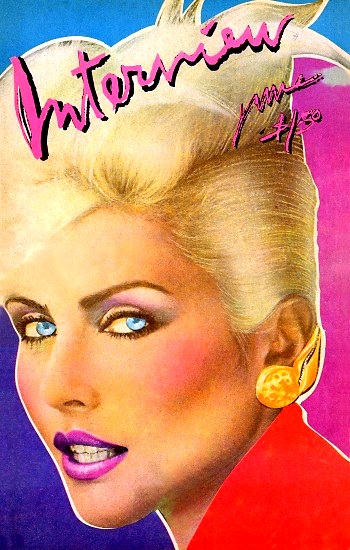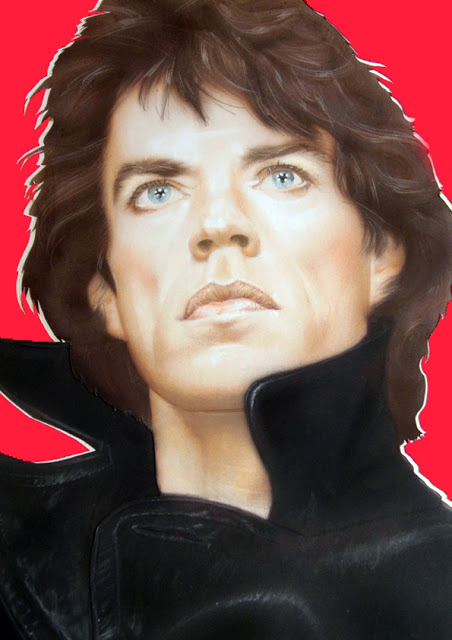In April of 1962, 18-year-old Keith Richards wrote the following enthusiastic letter to his aunt, “Patty,” and described, among other things, an encounter some months previous that would ultimately change his life — the moment he met Mick Jagger for the first time since being childhood friends.
Three months after the letter was written, “The Rollin’ Stones” played their first gig at the Marquee Club in London. The rest is history.
6 Spielman Rd
Dartford
Kent
Dear Pat,
So sorry not to have written before (I plead insane) in bluebottle voice. Exit right amid deafening applause.
I do hope you’re very well.
We have survived yet another glorious English Winter. I wonder which day Summer falls on this year?
Oh but my dear I have been soooo busy since Christmas beside working at school. You know I was keen on Chuck Berry and I thought I was the only fan for miles but one mornin’ on Dartford Stn. (that’s so I don’t have to write a long word like station) I was holding one of Chuck’s records when a guy I knew at primary school 7-11 yrs y’know came up to me. He’s got every record Chuck Berry ever made and all his mates have too, they are all rhythm and blues fans, real R&B I mean (not this Dinah Shore, Brook Benton crap) Jimmy Reed, Muddy Waters, Chuck, Howlin’ Wolf, John Lee Hooker all the Chicago bluesmen real lowdown stuff, marvelous. Bo Diddley he’s another great.
Anyways the guy on the station, he is called Mick Jagger and all the chicks and the boys meet every Saturday morning in the ‘Carousel’ some juke-joint well one morning in Jan I was walking past and decided to look him up. Everybody’s all over me I get invited to about 10 parties. Beside that Mick is the greatest R&B singer this side of the Atlantic and I don’t mean maybe. I play guitar (electric) Chuck style we got us a bass player and drummer and rhythm-guitar and we practice 2 or 3 nights a week. SWINGIN’.
Of course they’re all rolling in money and in massive detached houses, crazy, one’s even got a butler. I went round there with Mick (in the car of course Mick’s not mine of course) OH BOY ENGLISH IS IMPOSSIBLE.
“Can I get you anything, sir?”
“Vodka and lime, please”
“Certainly, sir”
I really felt like a lord, nearly asked for my coronet when I left.
Everything here is just fine.
I just can’t lay off Chuck Berry though, I recently got an LP of his straight from Chess Records Chicago cost me less than an English record.
Of course we’ve still got the old Lags here y’know Cliff Richard, Adam Faith and 2 new shockers Shane Fenton and Jora Leyton SUCH CRAP YOU HAVE NEVER HEARD. Except for that greaseball Sinatra ha ha ha ha ha ha ha.
Still I don’t get bored anymore. This Saturday I am going to an all night party.
“I looked at my watch
It was four-o-five
Man I didn’t know
If I was dead or alive”
Quote Chuck Berry
Reeling and a Rocking
12 galls of Beer Barrel of Cyder, 3 bottle Whiskey Wine. Her ma and pa gone away for the weekend I’ll twist myself till I drop (I’m glad to say).
The Saturday after Mick and I are taking 2 girls over to our favourite Rhythm & Blues club over in Ealing, Middlesex.
They got a guy on electric harmonica Cyril Davies fabulous always half drunk unshaven plays like a mad man, marvelous.
Well then I can’t think of anything else to bore you with, so I’ll sign off goodnight viewers
BIG GRIN
Luff
Keith xxxxx
Who else would write such bloody crap
(Source: Keith Richards’ autobiography, Life)





 Salomé, one of the members of the art group Junge Wilde (Wild Youth)
Salomé, one of the members of the art group Junge Wilde (Wild Youth) Jean-Michel Basquiat and Andy Warhol
Jean-Michel Basquiat and Andy Warhol









































